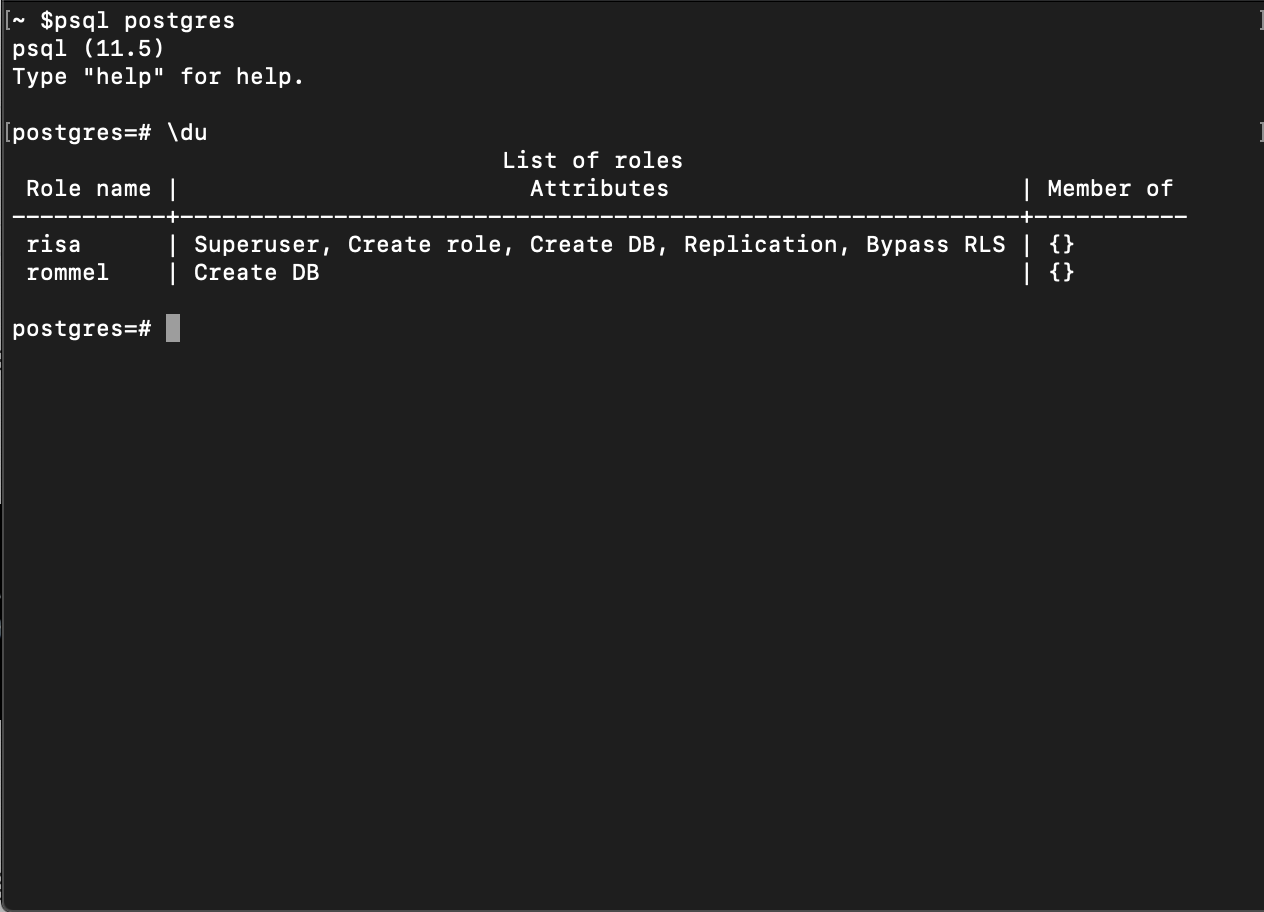
- #Create new database in postgres how to#
- #Create new database in postgres install#
- #Create new database in postgres manual#
PERFORM dblink_exec('', 'CREATE DATABASE testdb') ĮXCEPTION WHEN duplicate_database THEN RAISE NOTICE '%, skipping', SQLERRM USING ERRCODE = SQLSTATE String message has appended, skipping in the same way how it does CREATE SCHEMA IF NOT EXISTS. It calls CREATE DATABASE via dblink, catch duplicate_database exception (which is issued when database already exists) and converts it into notice with propagating errcode.

You can reuse connection parameters with supplying empty string.īelow is PL/pgSQL code which fully simulates CREATE DATABASE IF NOT EXISTS with same behavior like in CREATE SCHEMA IF NOT EXISTS. To solve these problems you need to use dblink extension which opens a new connection to database server and execute query without entering into transaction. When CREATE SCHEMA IF NOT EXISTS is issued and schema already exists then notice (not error) with duplicate object information is raised. Moreover CREATE DATABASE cannot be issued in transaction therefore it cannot be in DO block with exception catching. PostgreSQL does not support IF NOT EXISTS for CREATE DATABASE statement. You can make this a function for repeated use. How do I do large non-blocking updates in PostgreSQL?.Simulate CREATE DATABASE IF NOT EXISTS for PostgreSQL?.PERFORM dblink_exec('dbname=' || current_database() - current dbĪgain, you may need more psql options for the connection. RAISE NOTICE 'Database already exists' - optional IF EXISTS (SELECT FROM pg_database WHERE datname = 'mydb') THEN
#Create new database in postgres how to#
#Create new database in postgres install#
Install the additional module dblink for this (once per database): Effects can therefore also not be rolled back. You could use a dblink connection back to the current database, which runs outside of the transaction block. Workaround from within Postgres transaction Thus you cannot mix SQL and psql meta-commands within a -c option.
#Create new database in postgres manual#
\gexec" since \gexec is a psql meta‑command and the -c option expects a single command for which the manual states:Ĭommand must be either a command string that is completely parsable by the server (i.e., it contains no psql-specific features), or a single backslash command.

The same cannot be called with psql -c "SELECT.


The tricky part is that CREATE DATABASE can only be executed as a single statement. You can ask the system catalog pg_database - accessible from any database in the same database cluster.


 0 kommentar(er)
0 kommentar(er)
